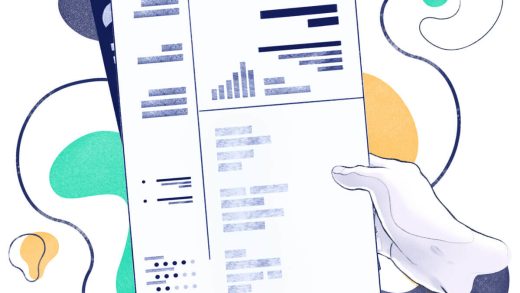Opening Grab:
Imagine this: your resume lands on a recruiter’s desk, poised to unlock your dream job. But something’s off. The text shrinks under their gaze, straining their eyes and dimming their enthusiasm. Don’t let font size be the silent saboteur of your candidacy! This guide delves into the strategic art of choosing the perfect font size and transforming your resume from an eye-blur to a career catapult.
The Science of Readability:
Think of font size as your resume’s volume control. Too loud (overly large) and you risk drowning out key information. Too soft (microscopically small), and you might as well whisper into the void. Research suggests an ideal range between 10-14 points, striking a balance between visual clarity and professional presentation.
Level Up Your Hierarchy:
Treat font size like a spotlight, highlighting what matters most. Use a slightly larger size (12-14 points) for your name and section headers, creating visual anchors that guide the reader through your story. Conversely, reserve smaller sizes (10-11 points) for body text, ensuring a clean, uncluttered layout.
Embrace Flexibility:
A one-size-fits-all approach won’t cut it. Consider adjusting your font size based on content density. Heavier sections with bulleted lists or complex descriptions might benefit from a slightly larger size for improved legibility. Remember, your goal is to create a visual rhythm that guides the reader effortlessly.
Font Synergy:
Remember, font size is a partner, not a solo act. Choose a font that complements your size choice. Opt for clean, legible fonts like Arial or Calibri for optimal readability at smaller sizes. For larger sizes, explore classic serifs like Garamond or modern sans-serifs like Helvetica for a touch of sophistication.
The Final Polish:
Proofread, not just for typos, but for visual balance. Does the text flow naturally? Are headers prominent enough to guide the eye? Remember, white space is your friend, so don’t overcrowd the page. A well-spaced resume with strategic font size variations paints a picture of professionalism and attention to detail that screams “Hire me!”
Conclusion:
Mastering the art of font size in your resume is a nuanced skill that sets you apart from the crowd. By applying these tips, you can craft a document that’s not just informative, but visually captivating, ensuring your qualifications shine as brightly as your strategic font choices. Go forth and conquer the job market, one perfectly sized point at a time!



